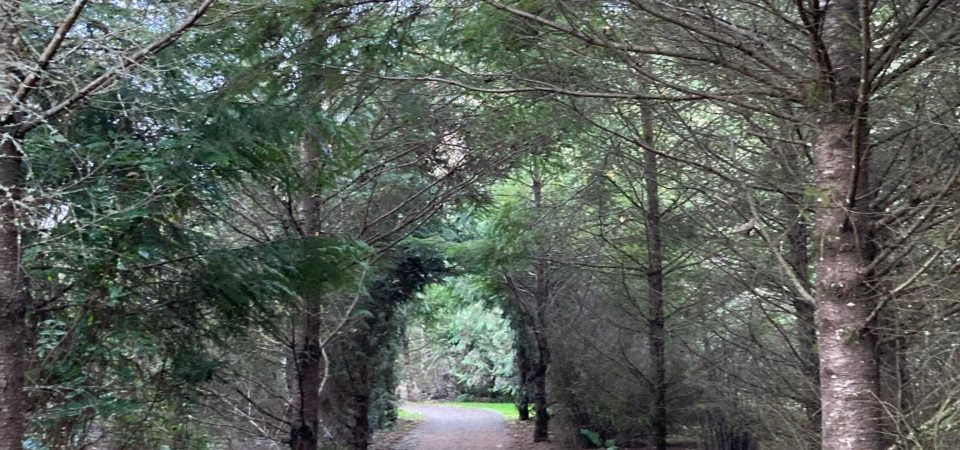“Many go fishing all their lives without knowing that it is not the fish they are after.” Henry David Thoreau (1817 – 1862)
My father, who was an avid fisherman, might not have completely agreed with Thoreau’s sentiment, but the point that there are intrinsic benefits to spending time outdoors is well taken. Perhaps you’ve noticed that stepping outside for even a short walk can shift your mood and perspective. If you’ve experienced a sense of well-being and calm after time on the trail or circling about your neighborhood, then you’re in good company. Numerous studies back up your refreshed physiology with encouraging facts, such as reduced blood pressure, lower cortisol levels, and improved immune function. The bottom line is: spending time outside is good for you.
When you do have the opportunity to get in touch with nature, there is a relatively new take on an established concept call Forest Bathing that can literally take you a step further by not taking steps. A Japanese tradition called shinrin-yoku, which means “forest bath”, is not about a destination nor miles afoot on the trail. And even though it implies one needs to be in the forest, all that is required is a step outside your door. One critical ingredient to Forest Bathing, however, is a tree. And the more, the merrier.
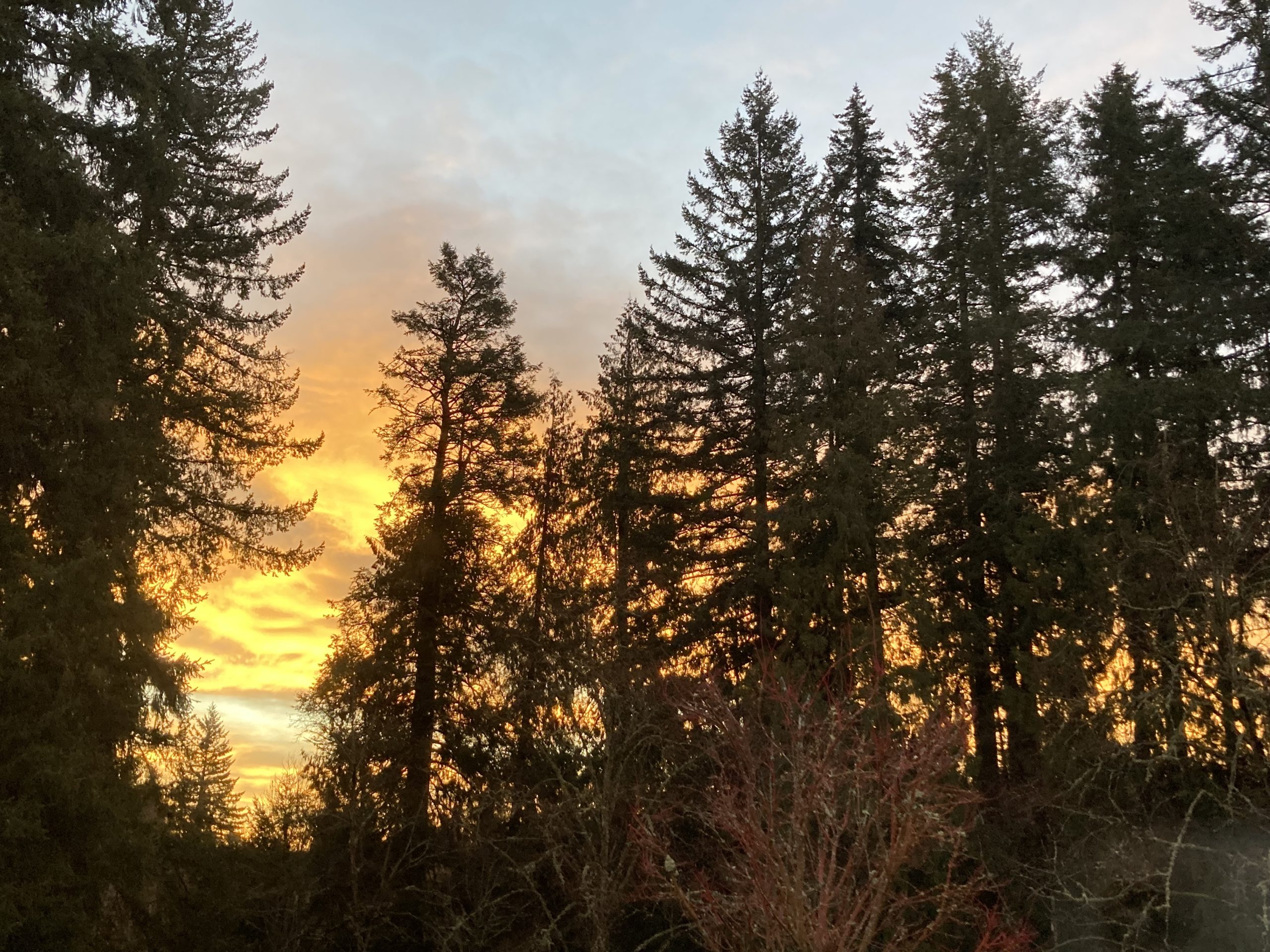
Forest Bathing can be done from dawn to dusk when the trees exhale rich oxygen.
When I taught preschool and young children, I discovered that one of the most vital aspects of learning was helping my students fully engage their senses. This way of experiential learning helps to foster better retention and connections. So, I was delighted to read that the main component of Forest Bathing is just that: attending to seeing, hearing, smelling, touching (when appropriate), and connecting with your surroundings in a deeper and more beneficial way through mindful breathing.
The idea is to find a place to be still among the trees. A wonderful aspect of Forest Bathing is that it is for everyone. Regardless of mobility issues, hearing or vision loss, or health status, you can participate in this relaxing activity because there is nothing to do. All that is needed is for you to find a comfortable spot among the trees and allow yourself to become quiet and pay attention using your senses.
Focusing on your breath is an easy form of meditation that allows you to let go of stress. Studies have shown that spending time amongst the trees literally bathes us in rich oxygen. Little wonder we emerge feeling renewed. In addition, our brains need time every day away from multi-tasking. Giving your brain a chance to be nurtured by the oxygen of trees and the ambiance of birds, aromas, and textures of the wild nurtures resilience and gratitude. You can re-enter your busy life with a “cup half full” rather than “half empty” and feel calmer as you build a sense of equanimity.
As easy as it sounds, it often can be a challenge to let go of things, to disengage from our Smartphones and busy thoughts. I’d venture to say, however, the more you forest bathe, the easier it becomes. The awareness that the forest is a place of refuge not just for animals, people, and trees, but a refuge for the senses is a good place to begin. Walking quietly and being respectful of those wishing to find peace creates a harmonious experience for everyone.
They say two hours is a perfect amount of time to forest bathe; however, please do not let that keep you from spending whatever amount of time you can nestled up against a friendly tree. Even getting to know a tree in your neighborhood where you can spend a few minutes to pause while you take in the beauty of your surroundings is beneficial. However, without a doubt, a good forest bath in a beautiful place would be well worth the effort.
Please check out my website at www.MarianneBickett.com under the Art and Nature Tab for great resources on Forest Bathing, and some Forest Bathing Mindfulness for families.
This article was first published in the Sherwood Gazette, April 2023
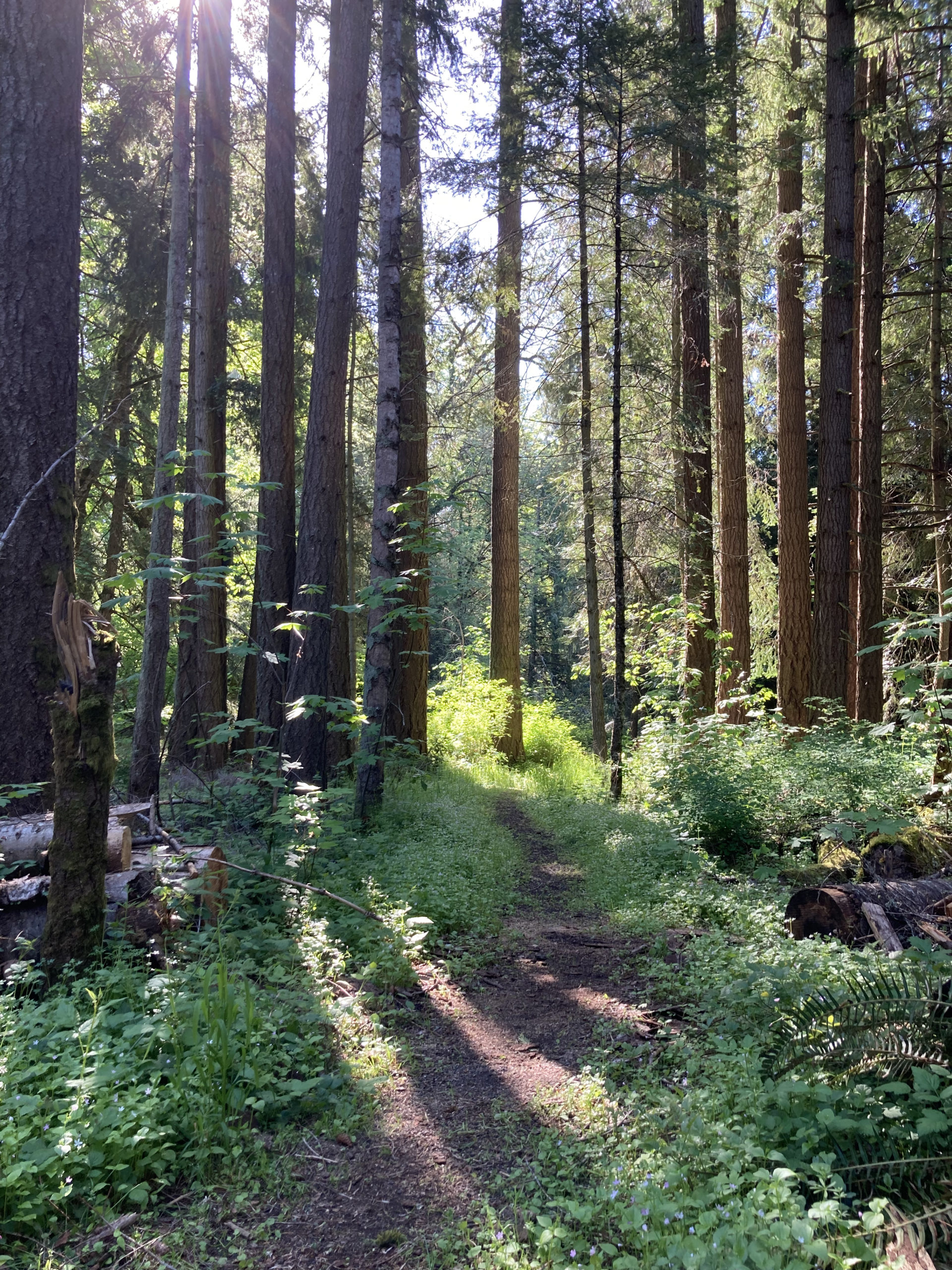
Giving our brains a break, even for a short while, rests and resets our nervous system.
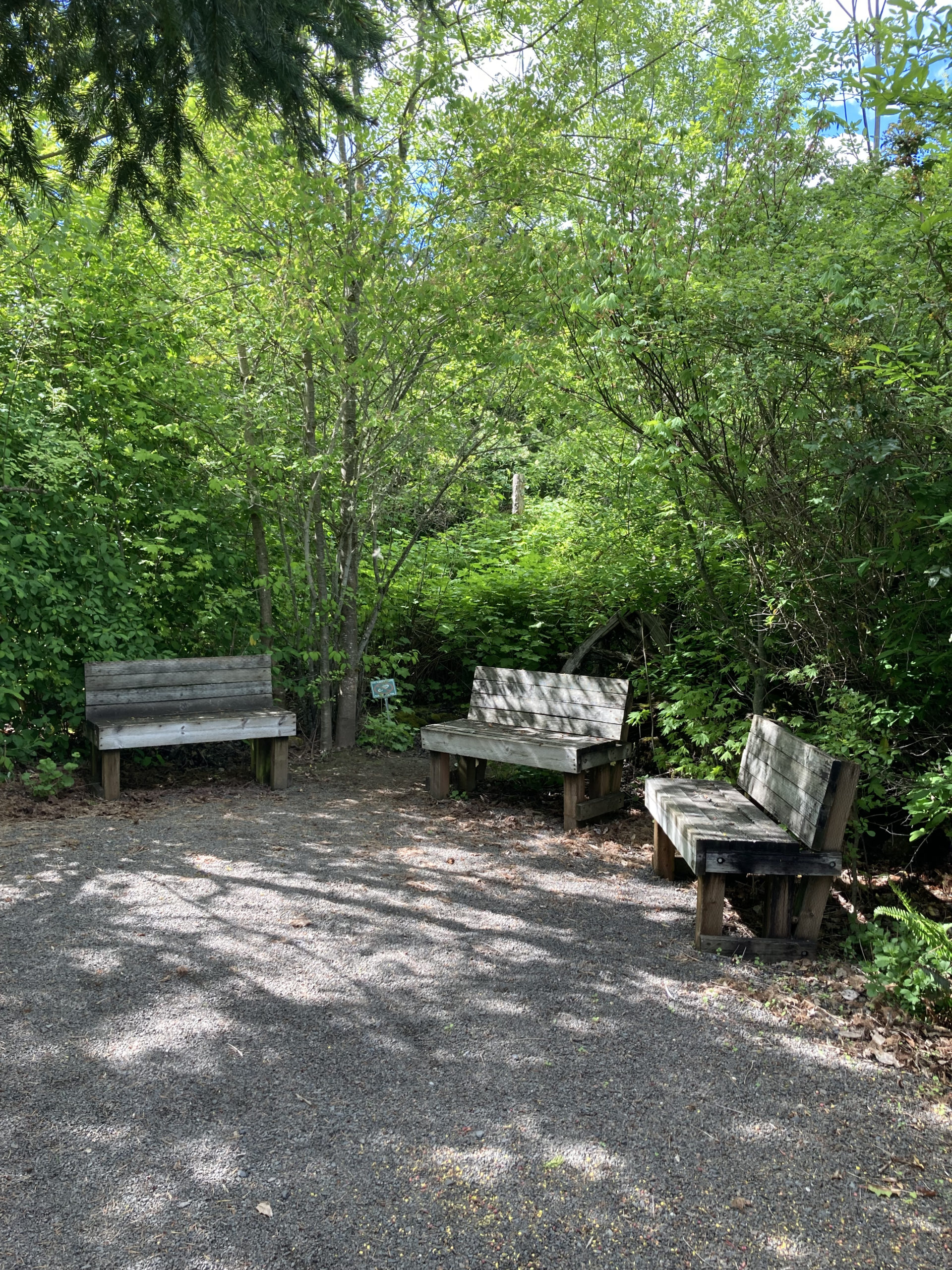
Many parks and trails offer benches where you can relax and breathe.
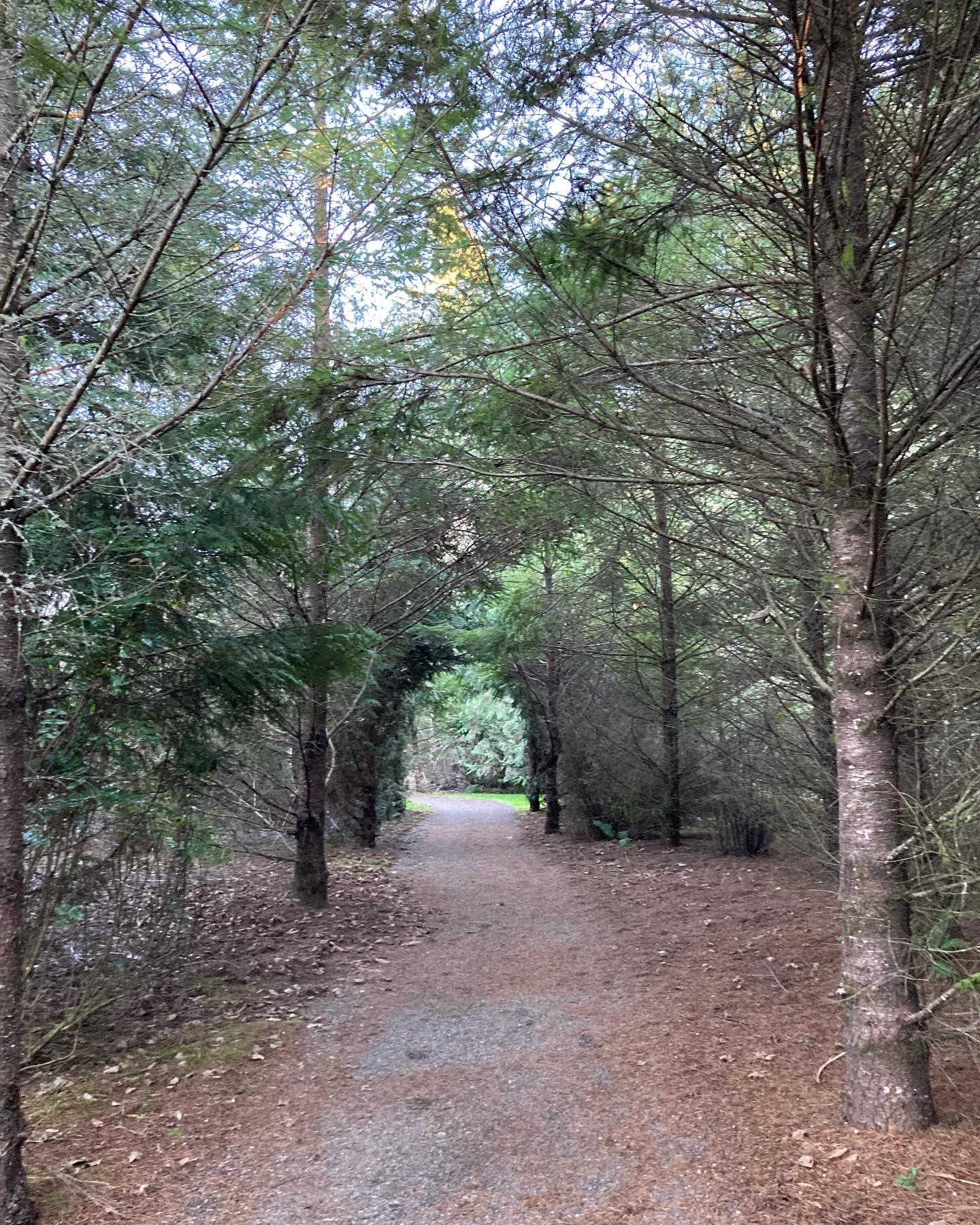
The invitation to slow down and connect with trees is always there!
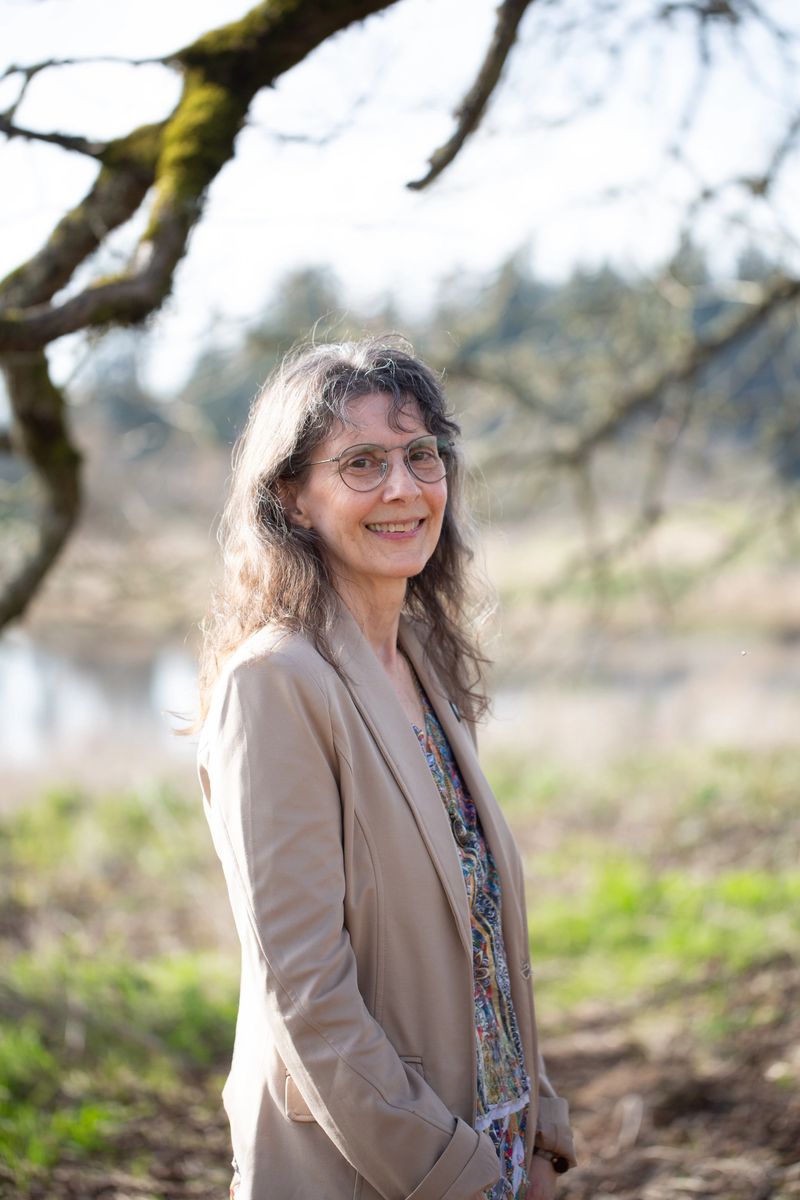
Marianne Rose Bickett is a retired teacher, author, and artist known for her love of nature. With a Master’s degree in Art Education, Marianne has dedicated her life to learning and expressing her creativity. She taught various subjects from special education to art for nearly forty years in public schools and art museums across the country.
She shares her passion for life through Instagram, newsletters, workshops, and classes. Visit her website to learn more about her work.
This article is part of the MAHB Arts Community‘s “More About the Arts and the Anthropocene”. If you are an artist interested in sharing your thoughts and artwork, as it relates to the topic, please send a message to Michele Guieu, Eco-Artist and MAHB Arts Community coordinator: michele@mahbonline.org.
Thank you. ~

